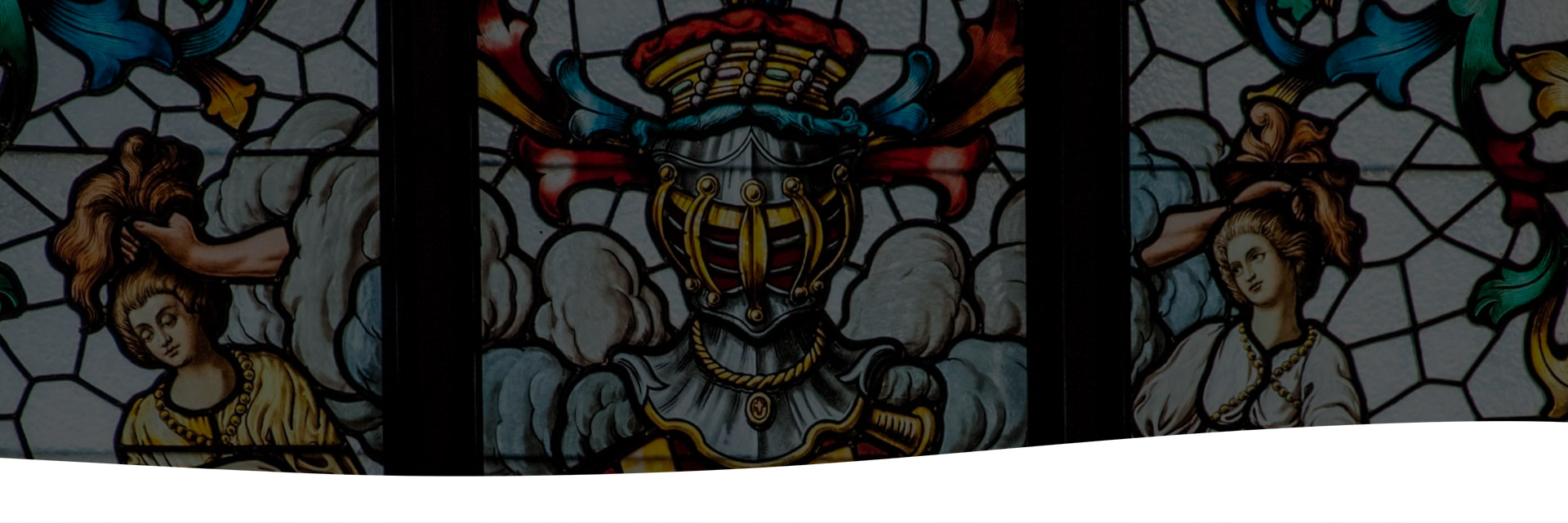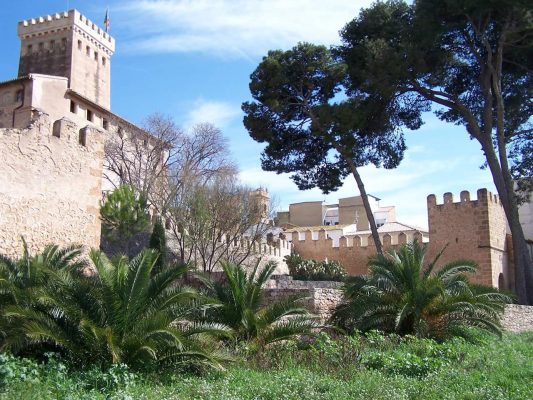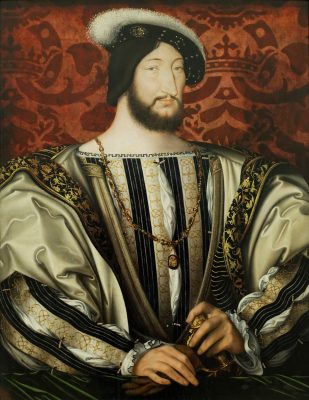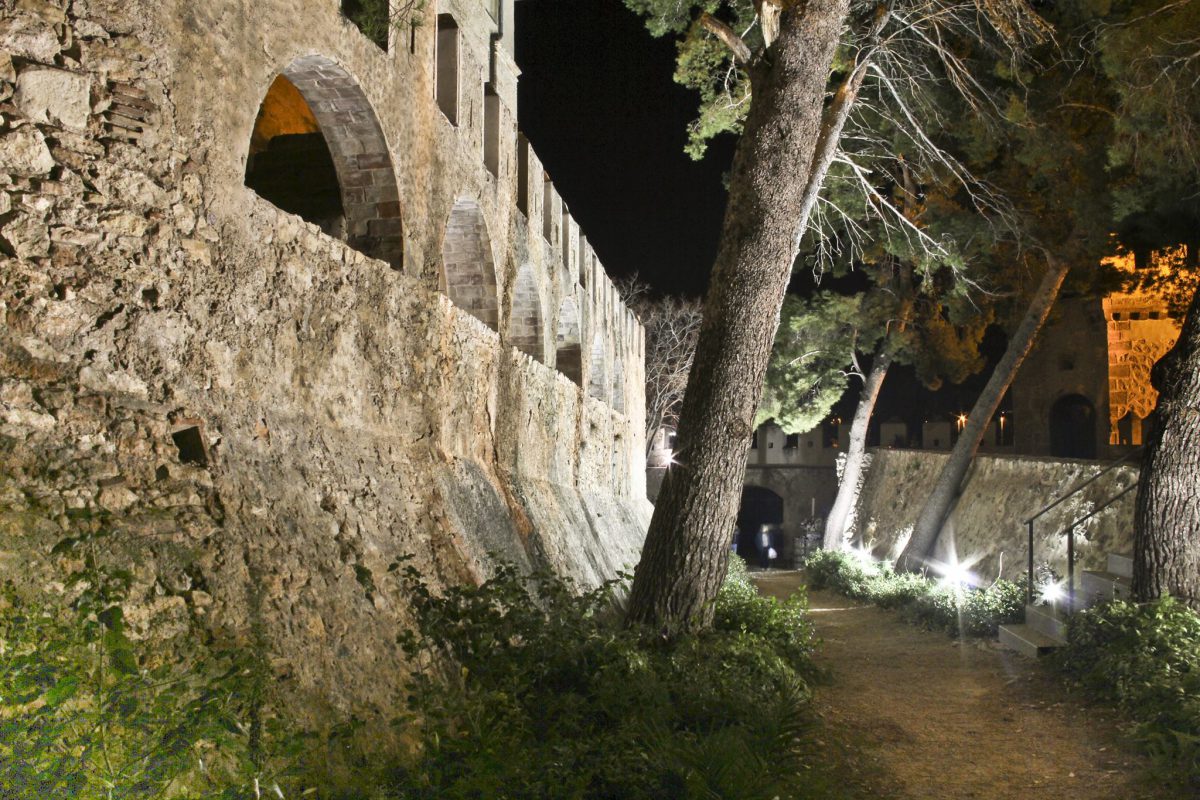
Get to know its history
Castle history
 Built in the 15th century, it is the symbol that characterizes Benissanó, the Castle has witnessed the passing of the years and certain changes in its ownership, the Castle of Benissanó becomes municipal property on February 4, 1996.
Built in the 15th century, it is the symbol that characterizes Benissanó, the Castle has witnessed the passing of the years and certain changes in its ownership, the Castle of Benissanó becomes municipal property on February 4, 1996.
Let’s review the history of the Benisanó castle:
It is around 1249, the full Reconquest. The «llibre de repartiment» records that on November 1 Pédro Íñiguez de Diacastello made the gift of a tower and some buildings under the name Benizano. Those lands would soon take on a significant importance in the area, especially after the Arabs fled trying to flee the Christians.
It would not be until January 18, 1261 when Jaume I would confirm the ownership of Benissanó with all its inhabitants as beneficiaries, endowing this Valencian town with independence.
If we speak about the Benisanó castle is to inevitably speak of the Cavanilles family. Built on the base of an Arab tower, the construction is a small fortress with a rectangular floor plan in which the keep stands out in its central part, with windows of clear Gothic influence.
It had a drawbridge and surrounding moat (today blinded). The barbican is very solid and is crenellated with arrow slits, with defensive towers rising on its vertices. The castle was bought in 1477 by Doña Isabel Gallach, matriarch of the Cavanilles family. Among its rooms we must highlight: the Lobby, the Noble Room, the Court of Arms, the room of Francisco I, the room of the «Socarrats», the gallery floor or the outside Terrace. It is necessary to highlight the Manises ceramic floor from the XV century in the Francisco I Room, the so-called “les pometes” from the XVIII century, as this fruit (apple) is the protagonist of this ceramic, as well as the ceramic of Noya of the modern kitchen of the early twentieth and also the ceilings, both of the fifteenth century and of the sixteenth in its variants.
The Castle can be visited on Sundays from 11 a.m. to 2 p.m., free or with guided tours. You can also request guided tours for groups any day of the week in different languages (Spanish, Valencian, English, French and Italian).
Don Luis de Cavanilles, one of the first members of the family saga, had been cupbearer for Don Juan II de Aragón, a very important position at that time and one that had great benefits, both noble and economic, and that is why he was appointed Governor of the Kingdom of Valencia. In the construction we can admire old dependencies of this Castle-Palace such as the dining rooms and stables, the rooms (including the one that Francisco I of France occupied after his defeat before the army of Carlos I of Spain in Pavia).
The legend of the Benissanó castle, which dates back to 1525, has the previously mentioned Francisco I of France and the daughters of D Jerónimo de Cavanillas as protagonist: Defeated in Pavia, the French king was taken prisoner and taken to the castle of Benisanó. For the Lord of Cavanillas, he was not just another prisoner, so he was received with all the honors and treated as a guest. Which led to several banquets being held in his honor. In one of the festivities held in honor of such a famous prisoner, Francisco I approached the daughters of Don Jerónimo to invite them to dance. Their reaction was not what was expected by those attending the banquet, and less so for their father, since they ran from there and locked themselves in their rooms. Her father, angered by such the outrage, went to speak to them to find out exactly what had happened and, very patriotic, they told him that he was an enemy of Spain and that they would never dance with him. Don Jerónimo’s anger grew unimaginable, that attitude was rude to his guest, and he could not allow it. For this reason, dragging them by the hair and almost naked, he brought them down to the living room, shouting «your pride will kill them both», a writing that appears on the capital of the noble Hall and reinforces this legend. It was declared a National Monument, under the protection of the generic Declaration of the Decree of April 22, 1949, and Law 16/1985 on the Spanish Historical Heritage.




